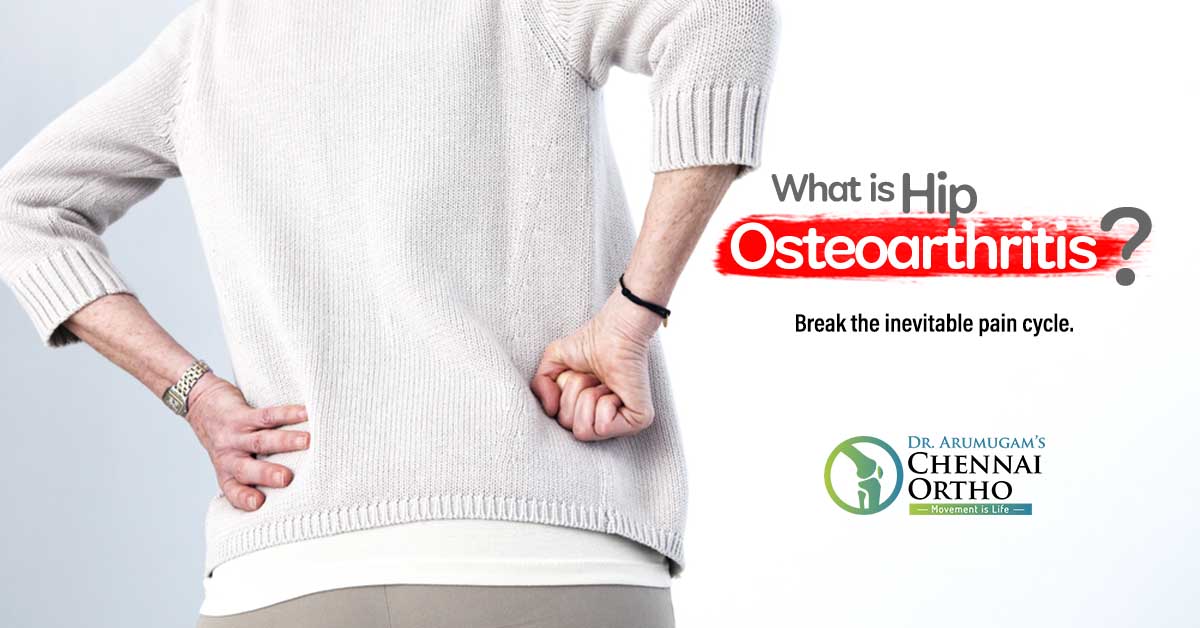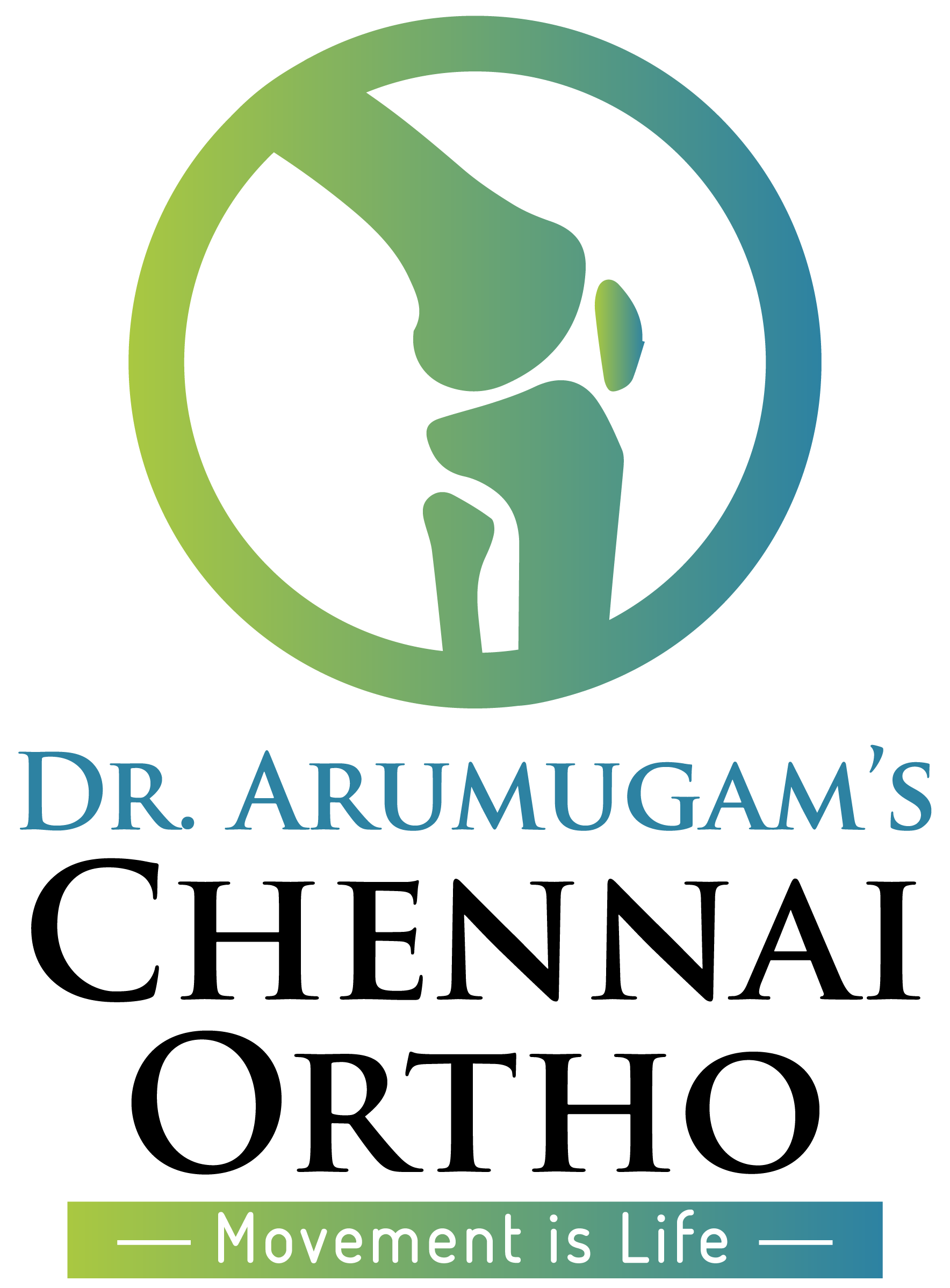
Osteoarthritis of the hip occurs when the cartilage of the hip joint gradually commence wearing away. The joint space between the bones becomes unprotected forming a rough and frayed texture. This can further result in bones rubbing against each other as it has lost the cartilage which served as a cushion for the joints. Thereby causing pain and stiffness in the hip joint.
Initially, surgery is avoided as there are several non-surgical treatments that can successfully slow down the arthritic progression and help in lower back pain reduction.
Non-Surgical treatments for Hip Osteoarthritis:
Patient education
The doctor or the physician educates the patient on hip osteoarthritis as to how it is caused, the risk factors, diagnosis, prognosis and recommends the appropriate treatment options. The patient is educated on the various treatment options that can reduce their pain and stiffness in the hip. This aids in keeping the patient informed and aware of the condition which can enable them to be more conscious while making decisions on their lifestyle or their dietary habits or in their day-to-day activities.

Physical Activity
Exercising is crucial for a hip arthritis patient as it increases the treatment progress of the condition and prolongs the functioning of the joints. It helps in blood circulation, aerobic capacity, gives in more flexibility and oxygenates the cartilage. It tends to make the muscles stronger and also improves overall health.
Stretching exercises and other joint-muscle strengthening exercises can help in slowing down the development of hip osteoarthritis. Initially start with low-impact exercises like walking, cycling on a stationary bicycle, walking inside a swimming pool and then increase your activity level throughout the day by walking whenever possible.
Lifestyle Refinement:
Measures to alter and minimize day-to-day activities that aggravate hip arthritis should be taken.
- Working long hours seated in front of the computers in a single position needs to be limited as it causes more pain and stiffness in the hip. Relax in between by stretching out and making variations in the position.
- Work that involves carrying heavy loads manually that may put further pressure on the hip joint needs to be avoided or minimized.
- Sports activities like football or basketball that encompass jumping, overrunning, or, any activity involving rapid turning of the body must be refrained as to minimizing further wear and tear of the joint.
Physical Therapy
Physicians and other physical instructors or therapists structure a training chart regarding exercises to be done on a daily basis. The patient can also enroll in yoga or massage or aerobic programs to improve postures and strengthen the joints and muscles. These programs engage the patient in leading a healthy and fit lifestyle thereby treating the symptoms of hip arthritis. These programs de-stress the whole body and alleviate the pain.

Weight Loss
Obesity is one of the causes of hip osteoarthritis that can be resolved by losing some weight. An obese (BMI greater than or equal to 30)is most likely to have osteoarthritis of the hip because the joints are over-pressured due to the excessive weight. Losing weight can improve inflammation, possibly reduce pain and decelerate the progression of osteoarthritis in the hip.
Assistive Devices
The use of assistive devices like specially designed shoes for an arthritic patient, canes, crutches, cushions, and even walkers can give more balance, comfort and extra stability to the patient. Be sure to get these consulted by a healthcare professional. These assistive devices ease day-to-day movements, reduce pressure on the hip, alleviates pain and acts as a support to prevent a risk of falling.
Medications
Pain management is essential for people living with hip osteoarthritis. Medications can relieve the patient temporarily from the pain and reduce some of the symptoms and advancement of arthritis of the hip. The doctor and patient should scrutinize medications in the context of the patient’s lifestyle, the severity of pain, and potential side effects and drug interactions. Topical pain relievers and Opioids are generally not recommended to treat hip osteoarthritis pain.
Over-the-counter pain relievers
Acetaminophen has not been found to be as effective in cases of osteoarthritis in the hip. Non-steroidal anti-inflammatory drugs (NSAIDs), such as ibuprofen (Advil), or naproxen (Aleve), can minimize pain. These medications need not require a doctor’s or a physician’s prescription yet to be consulted before use
Prescribed medications
People who have moderate to severe osteoarthritis may experience more intense pain. In such cases, prescription-based pain relief may be necessary. Doctors may commend prescription-level doses of medications such as NSAIDs. For those with gastrointestinal issues, this can include COX-2 inhibitors (Celebrex).

Medications
Pain management is essential for people living with hip osteoarthritis. Medications can relieve the patient temporarily from the pain and reduce some of the symptoms and advancement of arthritis of the hip. The doctor and patient should scrutinize medications in the context of the patient’s lifestyle, the severity of pain, and potential side effects and drug interactions. Topical pain relievers and Opioids are generally not recommended to treat hip osteoarthritis pain.
Prescribed medications
People who have moderate to severe osteoarthritis may experience more intense pain. In such cases, prescription-based pain relief may be necessary. Doctors may commend prescription-level doses of medications such as NSAIDs. For those with gastrointestinal issues, this can include COX-2 inhibitors (Celebrex).

Therapeutic Injections
Doctors administer therapeutic injections using X-ray or ultrasound guidance, which provides images of the hip joint on a computer monitor. This technology ensures that doctors inject medication precisely into the joint space. Patients find that therapeutic injections provide long-term pain relief and help them remain active.
Corticosteroid Injection
Corticosteroids are anti-inflammatory medications that doctors recommend no more than a total of two or three in the hip joint in order to provide pain relief. This when injected directly into the hip joint a small amount of anesthetic is supplemented for short-lasting yet immediate pain relief. Corticosteroids reduce inflammation, which is part of the body’s immune system response and causes pain and swelling. Steroid injections are generally avoided within 3 months of joint replacement surgery due to a small but increased risk of infection after surgery.
Hyaluronic Acid Injection
Doctors may recommend a single hyaluronic acid injection or a series of three injections administered once per week. The hip joint contains a small amount of a gel-like substance called synovial fluid that contains a unique component called hyaluronic acid. This hyaluronic acid acts as cushions and lubricates the joint during activity. In the event of the hyaluronic acid break down, the synovial fluid becomes thin and less efficacious as a lubricator and shock absorber. The main goal of the injection is to make the fluid more substantial and to enhance the joint’s gliding motion.

Radiofrequency Ablation (RFA)
RFA is used to treat osteoarthritis in the hip for years now and the results have been remarkably significant. Limited research suggests this treatment may be used to destroy nerves to reduce or eliminate hip osteoarthritis pain. This procedure involves anesthesia and pulsed radiofrequency. I.e electrical current produced by radio waves.This treatment targets and destroys sensory nerves that communicate pain signals to the brain. The doctor places the needle as close to the targeted nerve, which helps maximize the therapeutic effects and minimizes the ablation of nearby body structures. The doctor is able to achieve the targeted nerve with precision without affecting the nerves that control movement and motor skills using medical imaging such as ultrasound.
The above treatments are the non-surgical and conventional methodologies to surpass osteoarthritis of the hip. Doctors generally reserve invasive treatments, such as surgery, for severe or end-stage of hip osteoarthritis when the above treatments fail to respond and reduce the pain.
Platelet-Rich Plasma Injection
Doctors inject a natural substance called platelet-rich plasma (PRP) into the hip to help injured tissue heal more rapidly, relieving the patient from pain and enhanced functioning within two to six weeks. This process takes about 15 minutes and doctors use ultrasound guidance to ensure precision
Treatment through injections are considered safe, risk-free and does not include any sort of infectious reactions.

